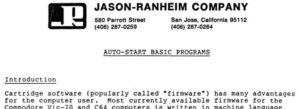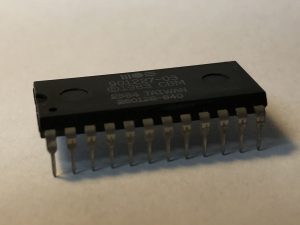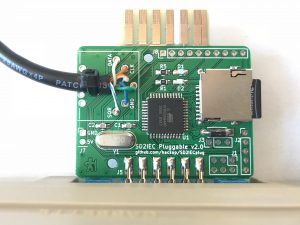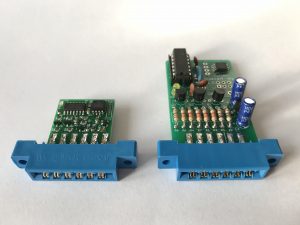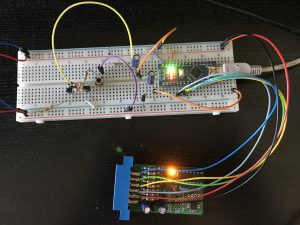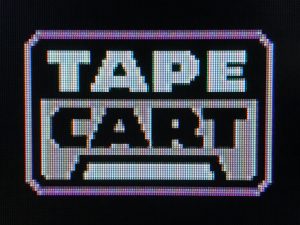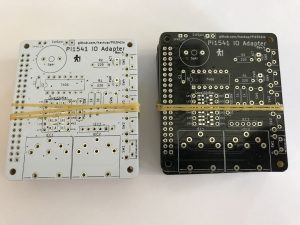A quick market survey on RAM expansions for the C64
The Commodore 64 features a whopping 64kB of RAM, hence its name. Most of this is actually usable at least when programming in assembler. While this used to be quite a lot when compared to competitors in the market, even back in the day there were different external RAM extensions. Some of the popular “freezer” cartridges like later versions of the Action Replay or the Super Snapshot feature some additional RAM of their own.
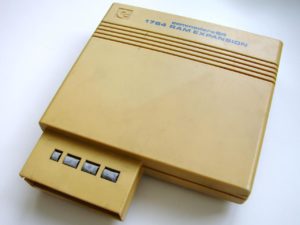
Commodore 1764 REU. (photo by T. Conté)
Commodore started selling their RAM Expansion Units (REU) in 1985 when the C128 came out. The REU was actually quite sophisticated, with its own controller — the MOS8726, REC — that provides fast memory-transfer by DMA.
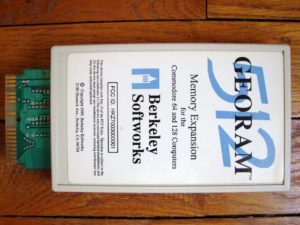
The GeoRAM cartridge. (photo by T. Conté)

